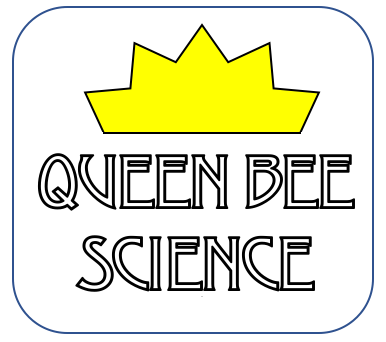
Evidences of Common Ancestry
Quiz
•
Biology
•
9th Grade
•
Medium
Standards-aligned

Marianne Torales
Used 3K+ times
FREE Resource
Enhance your content in a minute
10 questions
Show all answers
1.
MULTIPLE CHOICE QUESTION
30 sec • 1 pt

Tags
NGSS.MS-LS4-1
2.
MULTIPLE CHOICE QUESTION
1 min • 1 pt

Tags
NGSS.MS-LS4-1
NGSS.MS-LS4-2
3.
MULTIPLE CHOICE QUESTION
1 min • 1 pt

Tags
NGSS.MS-LS4-2
4.
MULTIPLE CHOICE QUESTION
1 min • 1 pt

Tags
NGSS.MS-LS4-2
5.
MULTIPLE CHOICE QUESTION
1 min • 1 pt

Tags
NGSS.MS-LS4-3
6.
MULTIPLE CHOICE QUESTION
1 min • 1 pt

Tags
NGSS.MS-LS4-2
NGSS.MS-LS4-3
7.
MULTIPLE CHOICE QUESTION
1 min • 1 pt

Tags
NGSS.MS-LS4-2
NGSS.MS-LS4-3
Create a free account and access millions of resources
Create resources
Host any resource
Get auto-graded reports

Continue with Google

Continue with Email

Continue with Classlink

Continue with Clever
or continue with

Microsoft
%20(1).png)
Apple
Others
By signing up, you agree to our Terms of Service & Privacy Policy
Already have an account?
Similar Resources on Wayground

11 questions
GLOBAL WARMING + MAINTAINING BIODIVERSITY
Quiz
•
10th Grade

13 questions
INTERACT GENERAL KNOWLEGE TRIVIA
Quiz
•
7th - 12th Grade

10 questions
CELL CYCLE
Quiz
•
3rd Grade

9 questions
Brain - Senses
Quiz
•
1st Grade

15 questions
Mr. Tim's Class Routine Quiz
Quiz
•
10th Grade

10 questions
Game 12: Quizizz! game
Quiz
•
1st - 12th Grade

10 questions
Enzyme
Quiz
•
12th Grade

13 questions
habitat destruction
Quiz
•
10th - 12th Grade
Popular Resources on Wayground

20 questions
Halloween Trivia
Quiz
•
6th - 8th Grade

25 questions
Multiplication Facts
Quiz
•
5th Grade

15 questions
Order of Operations
Quiz
•
5th Grade

20 questions
Halloween
Quiz
•
5th Grade

16 questions
Halloween
Quiz
•
3rd Grade

12 questions
It's The Great Pumpkin Charlie Brown
Quiz
•
1st - 5th Grade

20 questions
Possessive Nouns
Quiz
•
5th Grade

10 questions
Halloween Traditions and Origins
Interactive video
•
5th - 10th Grade
Discover more resources for Biology

20 questions
Cell Organelles
Quiz
•
9th Grade

25 questions
photosynthesis and cellular respiration
Quiz
•
9th Grade

20 questions
The Cell Cycle
Quiz
•
9th Grade

20 questions
Food Chains and Food Webs
Quiz
•
7th - 12th Grade

18 questions
photosynthesis
Quiz
•
9th Grade

22 questions
Cell Cycle and Mitosis
Quiz
•
9th Grade

16 questions
AP Biology: Unit 2 Review (CED)
Quiz
•
9th - 12th Grade

20 questions
Cell Transport
Quiz
•
9th - 12th Grade


